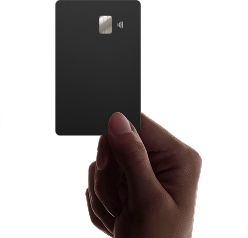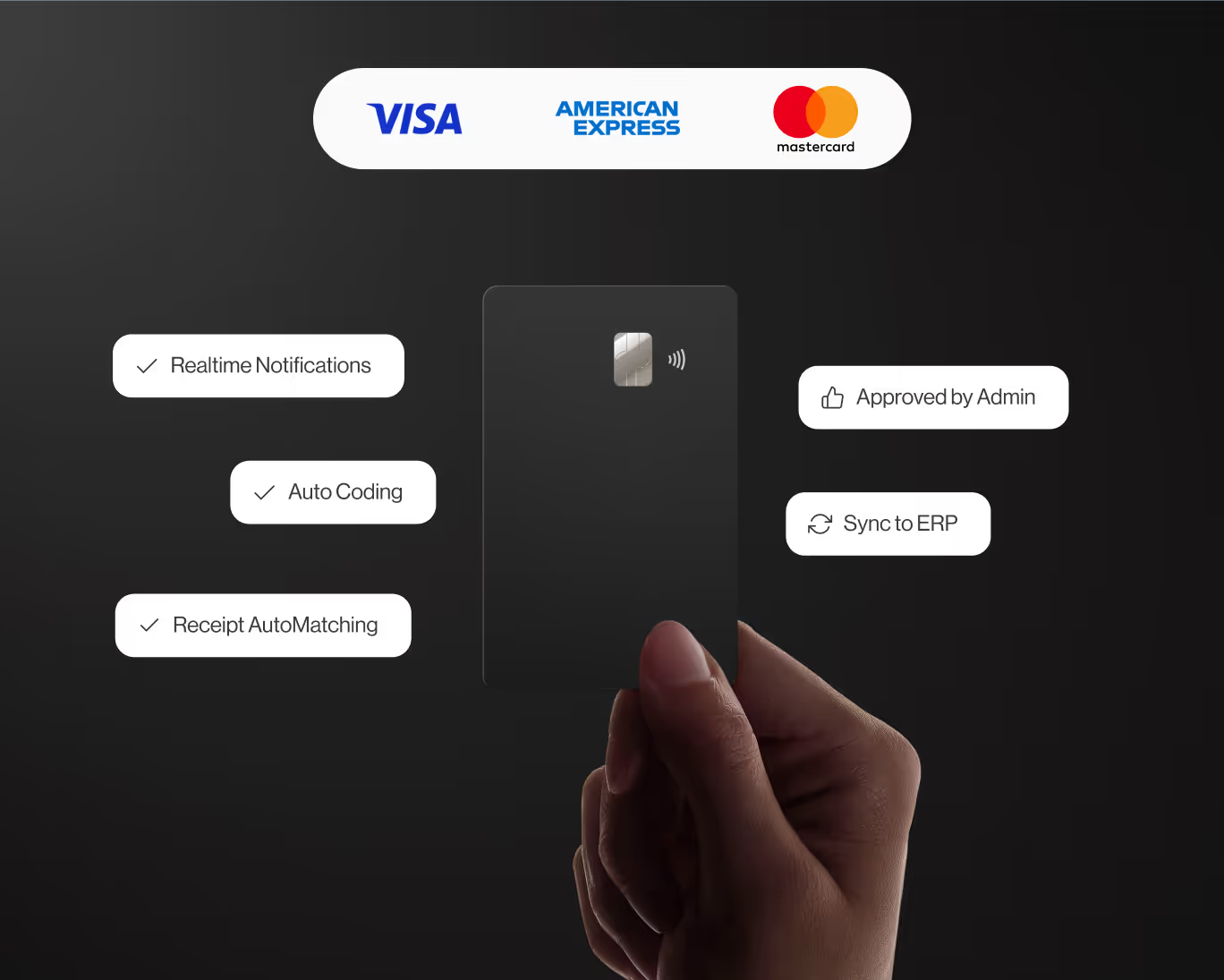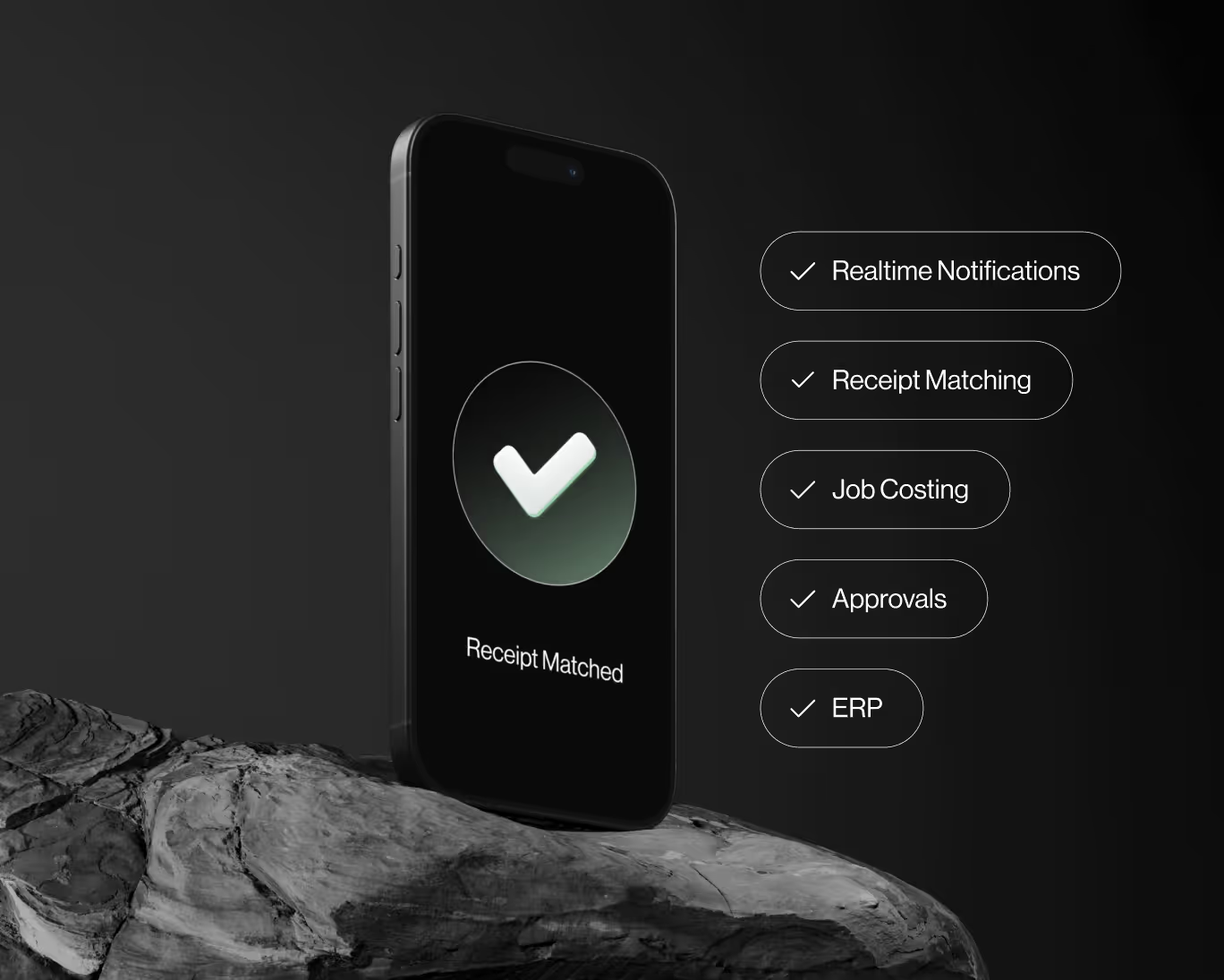Understanding Punch List in Construction Projects
When a construction project nears completion, it's essential to ensure that all the necessary finishing touches and corrections are made before final delivery. This process is known as the punch list. In this blog post, we will explore what a punch list is, its significance, and the typical items included in it.
What is a Punch List?
A punch list is a document or checklist that contains a list of minor tasks, defects, and corrections that need to be addressed before the construction project is considered complete and handed over to the client. These tasks typically involve small fixes, adjustments, or installations required to bring the project up to the required standards and specifications.
Significance of Punch List
The punch list serves several important purposes in construction projects:
- Quality Assurance: It ensures that the final product meets the expected quality and complies with the contract and design requirements.
- Client Satisfaction: By addressing any outstanding issues, the punch list helps enhance client satisfaction and minimizes the chance of disputes.
- Project Completion: The punch list is a crucial step toward officially completing the project and receiving the final payment.
- Warranty Initiation: It provides a clear record of any pending work, which can be used to initiate the warranty period once the project is officially completed.
Typical Items in a Punch List
The items included in a punch list can vary depending on the project's nature and complexity. However, some common items found on punch lists include:
- Paint touch-ups: Addressing areas where paint may have chipped or blemishes are present.
- Fixing uneven surfaces: Correcting any irregularities in flooring, walls, or ceilings.
- Installation checks: Verifying that all fixtures, appliances, and equipment are correctly installed.
- Electrical and plumbing issues: Rectifying minor electrical or plumbing problems.
- Doors and windows: Ensuring proper functioning, alignment, and sealing of doors and windows.
- Hardware adjustments: Checking and fixing handles, locks, and other hardware.
- Landscaping: Making sure that outdoor landscaping and irrigation systems are in place and well-maintained.
- Cleaning and debris removal: Removing any construction debris and thoroughly cleaning the site.
Managing the Punch List Process
To effectively manage the punch list process, the following steps are recommended:
- Regular Inspections: Conduct thorough inspections of the construction site to identify and document punch list items.
- Prioritization: Prioritize the items based on their severity and impact on project completion.
- Assign Responsibilities: Clearly assign responsibilities to relevant subcontractors or trades to address the identified issues.
- Tracking and Closure: Monitor the progress of punch list items to ensure timely resolution and closure.
- Verification: Verify that all punch list items have been satisfactorily addressed before final project acceptance.
Conclusion
The punch list is an indispensable tool in construction project management, ensuring that all minor issues are resolved before the project is handed over to the client. By focusing on quality assurance, client satisfaction, and project completion, the punch list helps deliver a successful construction project that meets all requirements and specifications.










